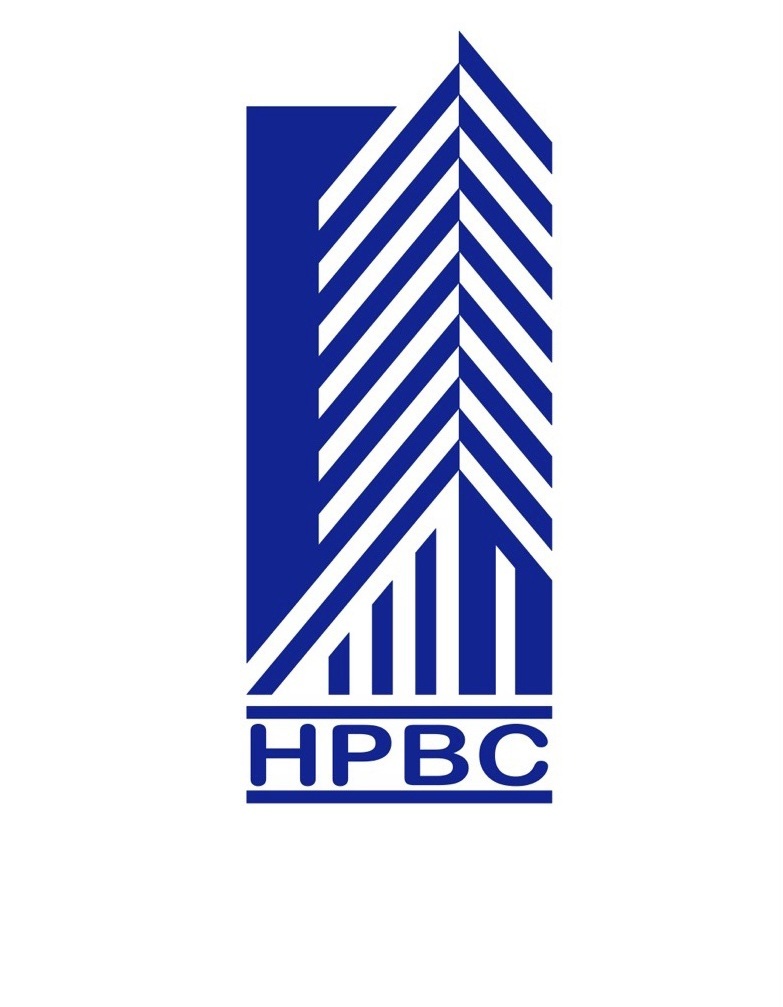၁။ Working Pile အားလုံး၏ C/C Spacing သည် အနည်းဆုံး 2.5D ထားရှိရန်သတ်မှတ်သည်။
၂။ Ultimate Pile Load Test ပြုလုပ်ရာတွင် Test Pile နှင့် Anchor Pile ကြား C/C Spacing သည် 3D Clear Spacing ရှိရန်သတ်မှတ်သည်။ Working Pile Load Test ပြုလုပ်ရာတွင် Test Pile နှင့် Anchor Pile ကြား C/C Spacing သည် 2.5D Clear Spacing ရှိရန်သတ်မှတ်သည်။ အရွယ်အစားမတူသော Pile Diameter များကို အသုံးပြုထားပါက အကြီးဆုံး Pile ၏ Diameter ကိုယူ၍ တွက်ချက်ရမည်။
၃။ Pile Load Test ပြုလုပ်ရာတွင် System တစ်ခုလုံးအတွက် Calibration ပြုလုပ်ထားလျှင် Load Cell မထည့်ရန် ခွင့်ပြုသည်။
၄။ Load Test ပြုလုပ်ရာတွင်အသုံးပြုမည့် Load Cell , Hydraulic Jack , Pressure Gauge & Pressure Transducers , Dial Gauge , Level Instrument နှင့် Linear Variation Displacement Transducers (LVDT) Calibration ပြုလုပ်ထားခြင်း၏ သက်တမ်းသည် (၆)လ အတွင်းရှိရမည်။
၅။ Ultimate Load Test ပြုလုပ်ရန် (၁) Soil Report
(၂) Pile Design
(၃) Method Statement of Ultimate Load Test
(၄) Test Pile Location Plan
(၅) Architectural Conceptual Drawing
(၆) YCDC ၏ အကြောင်းကြားစာ
စသည်တို့ကိုသာတင်ပြရန် လိုအပ်ပါသည်။ (Pile Layout Plan for the Structure မလိုအပ်ပါ)
၆။ Pile ၏ Concrete Cylinder Strength (fʹc) အား Pile ၏ Structural Design Capacity တွက်ချက်ရာတွင် 35Mpa အသုံးပြုခဲ့ပါက လုပ်ငန်းခွင် (Site) တွင် အနည်းဆုံး Concrete ကို 40Mpa ဖြင့်အသုံးပြုပြီး 30Mpa အသုံးပြုခဲ့ပါက လုပ်ငန်းခွင်တွင် အနည်းဆုံး Concrete ကို 35Mpa ဖြင့်အသုံးပြုရမည်။ Pile Design ပြုလုပ်ရာတွင် သုံးသည့် Concrete ၏ Cylinder Strength (fʹ c) တန်ဖိုးသည် Minimum 30Mpa ဖြစ်ရမည်ဖြစ်ပြီး Maximum 35Mpa ထက်မကျော်လွန်ရပါ။
၇။ ချွင်းချက်အနေဖြင့် Ultimate Load Test အတွက် လုပ်ငန်းခွင် (Site) တွင် Concrete ကို 40Mpa အသုံးပြုလျှင် Pile ၏ Structural Design Capacity တွက်ချက်ရာတွင် 40Mpa အသုံးပြုရန်ခွင့်ပြုသည်။
၈။ Pile Load Test ပြုလုပ်ရာတွင် ASTM မှ နောက်ဆုံးသတ်မှတ်ထားသော စံနှုန်းများအတိုင်း လိုက်နာဆောင်ရွက်ရမည်။



